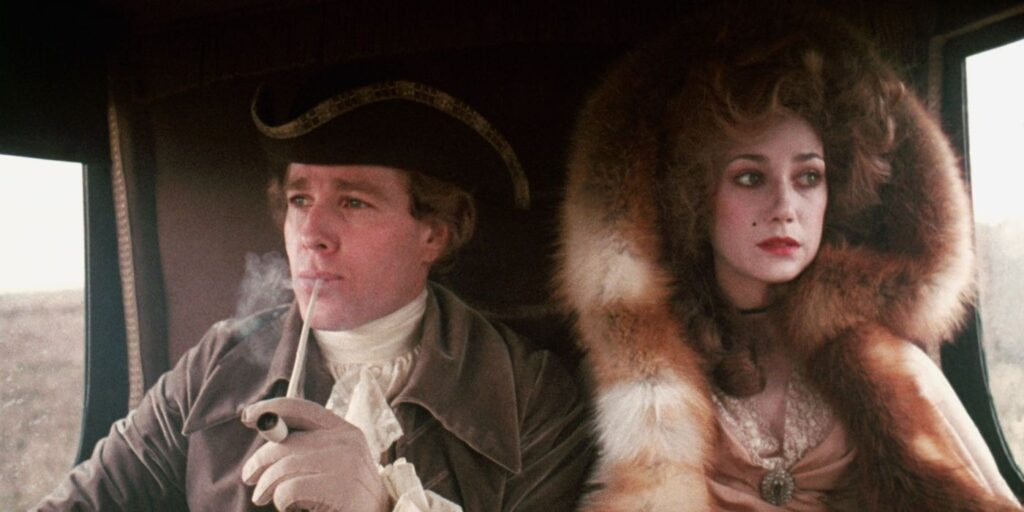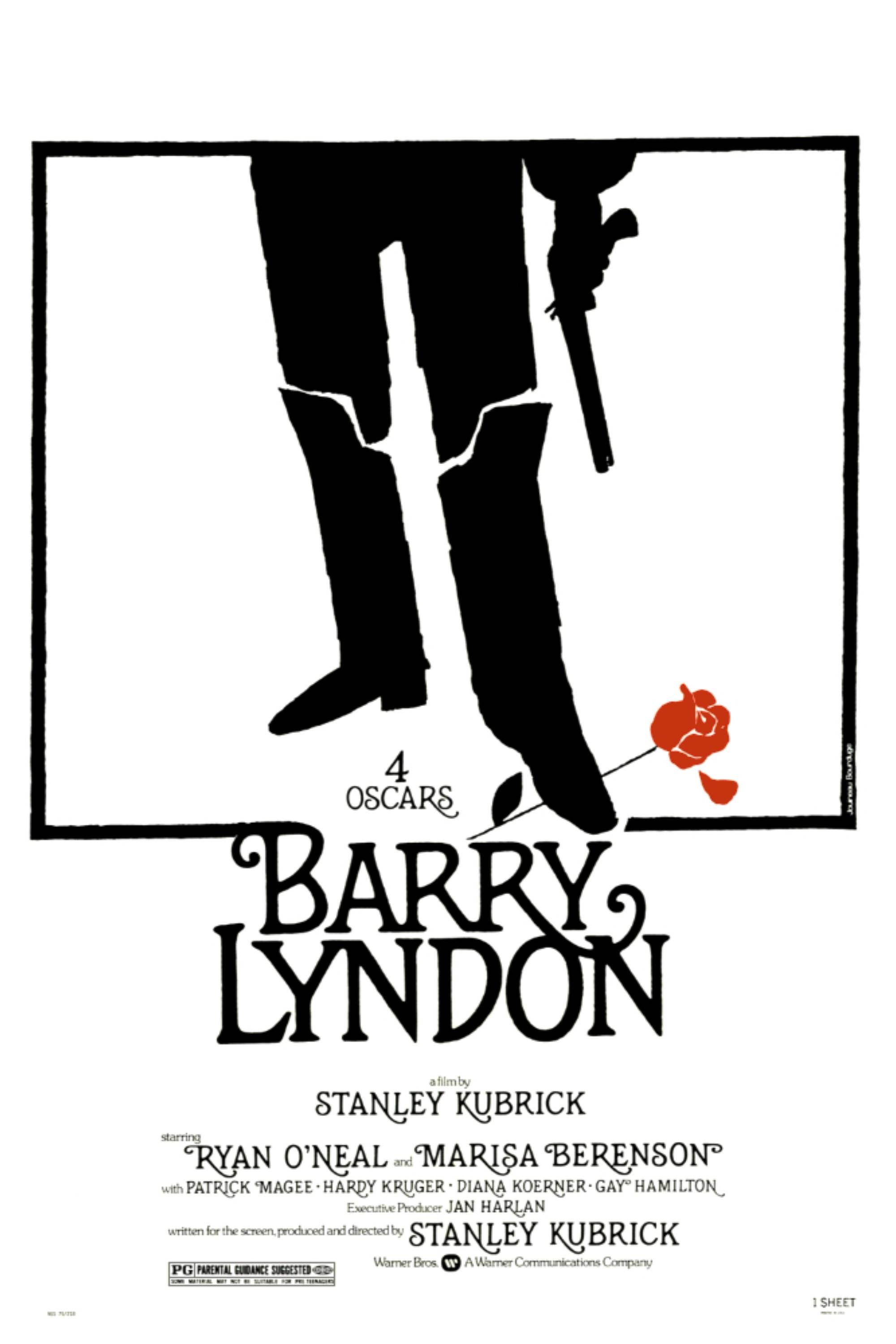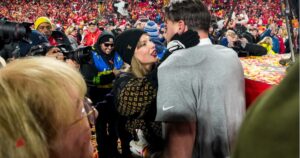If Haven’t Already Seen Stanley Kubrick’s Most Underrated Masterwork, You Might Want to Wait a Little Longer — Something Special Is Happening

There is a Stanley Kubrick film for everyone. Having mastered nearly every genre, including science fiction, comedy, horror, romance, and war, most of his films have a case for being your personal favorite movie of all time. The one Kubrick film that can bridge the gap between his obsessives and his skeptics, Barry Lyndon, is one that he seemed ill-suited to on paper. 18th-century British costume dramas were thought to be too gentle for his sensibilities, but in 1975, Kubrick added another film to his long list of masterpieces. The romantic epic, which is receiving a new 4K restoration by the Criterion Collection, deserves all the facelifts it can get, as it is unquestionably one of the most beautiful films ever put to celluloid. It is no cliché to describe Barry Lyndon as a painting in motion picture form. If this sounds too stuffy, don’t worry—it’s also absolutely hilarious and irreverent.
‘Barry Lyndon’ is a One-of-a-Kind Visual Experience
Calling Barry Lyndon “underrated” is slightly misleading, as it was met with critical acclaim and Oscar recognition upon release in 1975 during what was perhaps the apex of New Hollywood, but in typical Kubrickian fashion, its reputation has grown over time. Kubrick’s adaptation of the novel The Luck of Barry Lyndon often sits within the top five of most cinephiles’ Kubrick rankings, but as a cultural object, it lacks the staying power of 2001: A Space Odyssey, A Clockwork Orange, and The Shining, as these three feature unmistakable iconography and overpowering emotional and thematic arcs.
Barry Lyndon, however, works methodically, and its slow-burn pace and emotional restraint prevent the film from bursting off the screen like most Kubrick efforts. When the film’s particular tone and narrative construct fully clicks with viewers, it becomes transcendent. Following the titular character (Ryan O’Neal), an Irish rogue and grifter in 18th-century Europe who climbs his way up the social and political ladder after wedding the widow to an aristocrat, Lady Lyndon (Marisa Berenson), Barry Lyndon is a sweeping historical epic tracking the Seven Years War and a social satire about how any buffoon can attain power through enough strategic conniving.
Despite its deliberate pacing, it’s difficult to be bored by a film as visually immersive as Barry Lyndon. The film, filled with countless painterly images, is the best fine arts museum you’ll ever visit. Kubrick’s use of gradual zoom-outs to make characters feel minuscule within the massive landscape is legendary, and other films attempting to replicate his camera flourishes will look like cheap imitators, as its mise-en-scene is a true one-of-one. Kubrick, inspired by art contemporaneous to the film’s setting, wanted the film to look like a classic painting, which put his cinematographer John Alcott and his team of gaffers through the Kubrick wringer. Scenes were illuminated with natural lighting and candlelight, a bonkers idea only Kubrick could execute.
Stanley Kubrick Infuses Black Humor Into a Costume Drama in ‘Barry Lyndon’
Working in the camera department would’ve been a nightmare, but their hard work paid dividends in the final cut, which features one of the richest visual palettes in history. Kubrick is the rare director undefined by time, as his films exist in a mythical vacuum not bound by current artistic trends. Barry Lyndon, which feels like an artifact from three centuries ago, is his most timeless film. Kubrick, who seamlessly found humor in stories about global annihilation and sterility in erotic thrillers, made something that seems like a documentary of England in the 1700s and an abstract evocation of the period.
For many audiences, especially those who weren’t raised on Jane Austen novels and Merchant Ivory films, costume dramas have a reputation for being stodgy. However, Barry Lyndon is far from an “eating your vegetables” movie. It’s the worst-kept secret in the world that Barry Lyndon is actually a comedy, but every time you watch it, its Kubrickian pitch-black sense of humor sneaks up on you in the best way. From the wry narration by Michael Horern to the seething jealousy that creeps into petulance, the film’s chops as a comedy of manners match its status as an austere historical drama about love and class.
Ryan O’Neal, a bankable movie star who was rarely accepted as a “great actor,” is impeccably cast as Redmond Barry, a man who climbs the ladder despite having limited tangible assets, but he is so naturally charming and handsome that no one can turn him down. Kubrick’s bleak worldview in his films sees deplorable and foolish people obtain power, and Barry, who seems to lack any purpose, pulls the greatest con of all by waltzing his way to the aristocracy.
Barry Lyndon demonstrates Stanley Kubrick’s deft, oftentimes sensitive touch as a director, which upends any notions of him being a cold and steely humanist. While it shows Kubrick’s gentler side, something the director’s skeptics can appreciate, the film is much more biting than your typical elegant costume drama. Anything but a minor effort, Barry Lyndon represents Kubrick at his most awe-inspiring and piercing.

- Release Date
-
December 18, 1975
- Runtime
-
185 Minutes
- Director
-
Stanley Kubrick
- Writers
-
Stanley Kubrick





